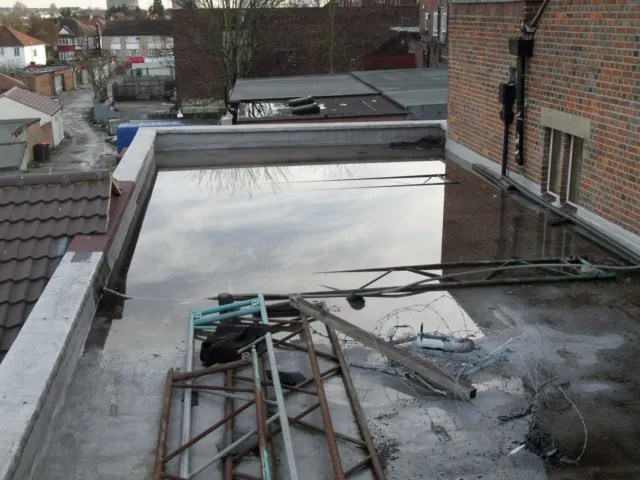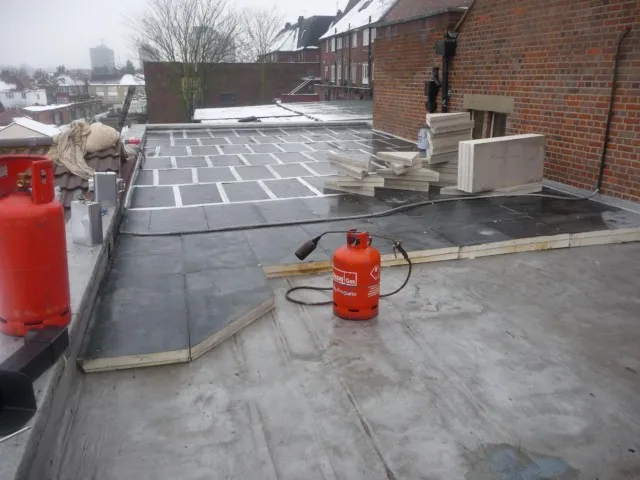'Warm Roofs' Explained:
What is a 'warm roof' and what's the difference between a 'warm roof' and a 'cold roof'?
For living green turf and sedum roofing click here
Government guidelines state that ALL roofs should be insulated - but the thickness of insulation required depends upon insulant used and whether you're creating a cold or warm roof:-
'Warm roofs':
-
Warm roofs are insulated roofs with a very low "U-value": 'U-value' measures the rate at which heat transfers over time through a building element (e.g., the roof). The better your roof retains heat, the lower your roof's U-value.
-
Warm roofs have low U-values, are high performing and give better insulation
- Insulation is either placed between the roof deck and the weatherproofing (above, not below, the roof deck) or laid using decking with insulation pre-bonded to it.
- No ventilation is required although to prevent cold-bridging, the external wall insulation has to be extended upwards to the bottom of the roof insulation.
- Warm roofs help to prevent thermal movement
- Warm roofs require extra height for additional insulation above the joists
- Tapered warm roofs ensure proper rainwater drainage from flat roofs and is usually a necessity for flat roofs.
- A warm roof can be insisted upon by building control, particularly where joists in a new extension won't ventilate fully because they are against another wall.
IMPORTANT NOTE: It can be crucial to assess insulation height for warm roofs, especially on larger areas such as roof terraces. This should be done PRIOR to ANY work starting, as part of an architect or designer's plans, but is VERY often skipped. See this article on how much money failing to consider this step can cost.
'Cold roofs':
- Cold roofs, where insulation is placed between the flat roof joists with gaps left for ventilation, simply have higher U-values so are less heat efficient (unless joists are constructed super-deep and topped with a concrete roof). They are suitable for outside buildings such as garages.
- Cold roofs have poorer ventilation as air flow is restricted.
- Cold roofs are more prone to condensation.
- As with warm roofs, external walls need to be extended up to the bottom of the roof insulation to prevent cold-bridging.
- Cold roofs are lower as the roof sits directly on top of the joists.
Look at more detailed cold roof diagrams
One Church's Warm Roof Refurbishment in action:
The United Reformed Church in Colindale needed urgent repairs to their flooded single storey roof in North London NW9 (see slideshow above). The liquid plastic polymer roofing system rendered the church warm, dry, and leak-free in a matter of hours!
- Read about Colindale Church's warm roof refurbishment
- View the designs here, including condensation risk analysis and U-value calculations
- Find out more about warm roofs or look at more warm roof projects we've worked on around the UK
- See how the pioneering liquid polymer system adapts to flat roofing, balconies, roof gardens and turf roofs or 'green roofs'
- Take a look at our roofing discounts and deals - you could get your new warm roof for up to 20% less!
To find out more about warm roof refurbishment and roof insulation, call us on 01970 610047 or drop us an email. We offer free, no-obligation on-site assessment and no-obligation estimates. We never chase, never hassle and never pass on your details to anyone else!

